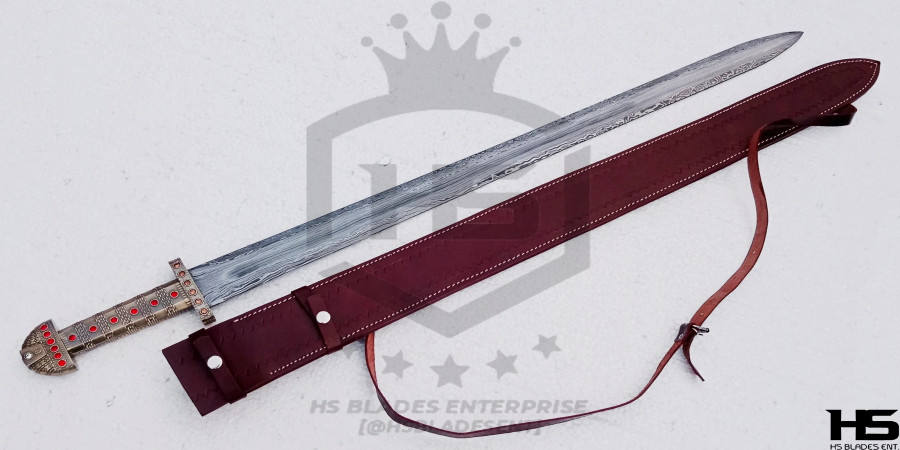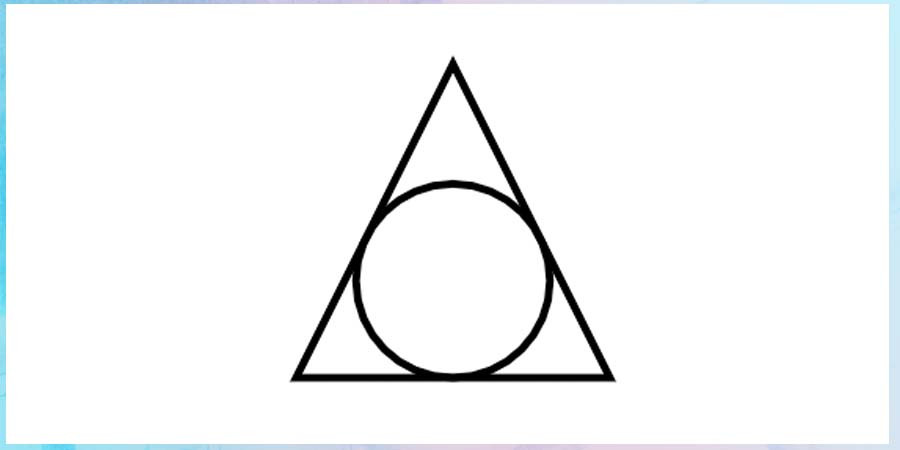

The Sword of the Viking King: History and Symbolism
The image of a fierce Viking warrior armed with a mighty sword is deeply ingrained in popular culture. However, the true nature of these weapons often gets muddled between historical reality and legend. Specifically, the "Sword of the Viking King" evokes a sense of power, leadership, and a bygone era of Scandinavian history. Let's delve into what such a sword represented and how these blades differed from pop culture depictions.
Historical Context: The Viking Age Swords
- Period: The Viking Age spanned roughly from 793 to 1066 AD.
- Sword Types: Swords during this time were primarily double-edged and designed for both cutting and thrusting. The most common form was the Carolingian-type, named after the Frankish influence on their creation.
- Manufacturing: Norse blacksmiths were skilled craftsmen, often using pattern-welding techniques to create blades with intricate designs and increased flexibility.
- Rarity: Swords were expensive and time-consuming to make. Therefore they were primarily owned by wealthy leaders or elite warriors.
The "King's Sword" – Symbolism and Status
- Leadership: A Viking king or chieftain wielding a sword represented their authority, military power, and ability to protect their people.
- Wealth: Ornate hilts decorated with precious metals and gems would have signified immense wealth and status.
- Inheritance: Some swords may have been passed down through generations, bearing historical significance and familial power.
- Mythology: Norse sagas often feature legendary swords with magical properties, further enhancing the mystique surrounding these weapons.
The Sword of the Viking King in Popular Culture
Modern depictions of "Viking King" swords often exaggerate their size and ornateness. While some historical blades were truly remarkable, their primary focus was on functionality in battle. Shows like Vikings feature fictionalized swords to reinforce the idea of these warriors and their leaders.
Famous Historical Examples
While no single sword universally fits the title "Sword of the Viking King", a few notable examples exist:
- Sword of Sæbø: Discovered in Norway, this 9th-century sword possesses an elaborately decorated hilt and has ties to high-ranking individuals.
- Ulfberht Swords: A group of Viking-era swords bearing the "+ULFBERHT+" inscription are known for their high-quality steel, suggesting a centralized and advanced production method.
References
- The British Museum - Vikings: Life and Legend [invalid URL removed]
- Hurstwic - Viking Age Swords [invalid URL removed]
- Wikipedia - Ulfberht swords https://en.wikipedia.org/wiki/Ulfberht_swords
Fact vs. Fiction
The "Sword of the Viking King" is more a symbolic concept than a specific historical artifact. However, understanding the true nature of Viking swords provides valuable insights into their culture, warfare, and the potent symbolism their weapons embodied.
Popular articles

Apr 11, 2024 07:40 PM

May 25, 2024 08:09 PM

Apr 11, 2024 07:22 PM

Apr 10, 2024 07:59 PM

Mar 14, 2024 07:53 PM
Comments (0)